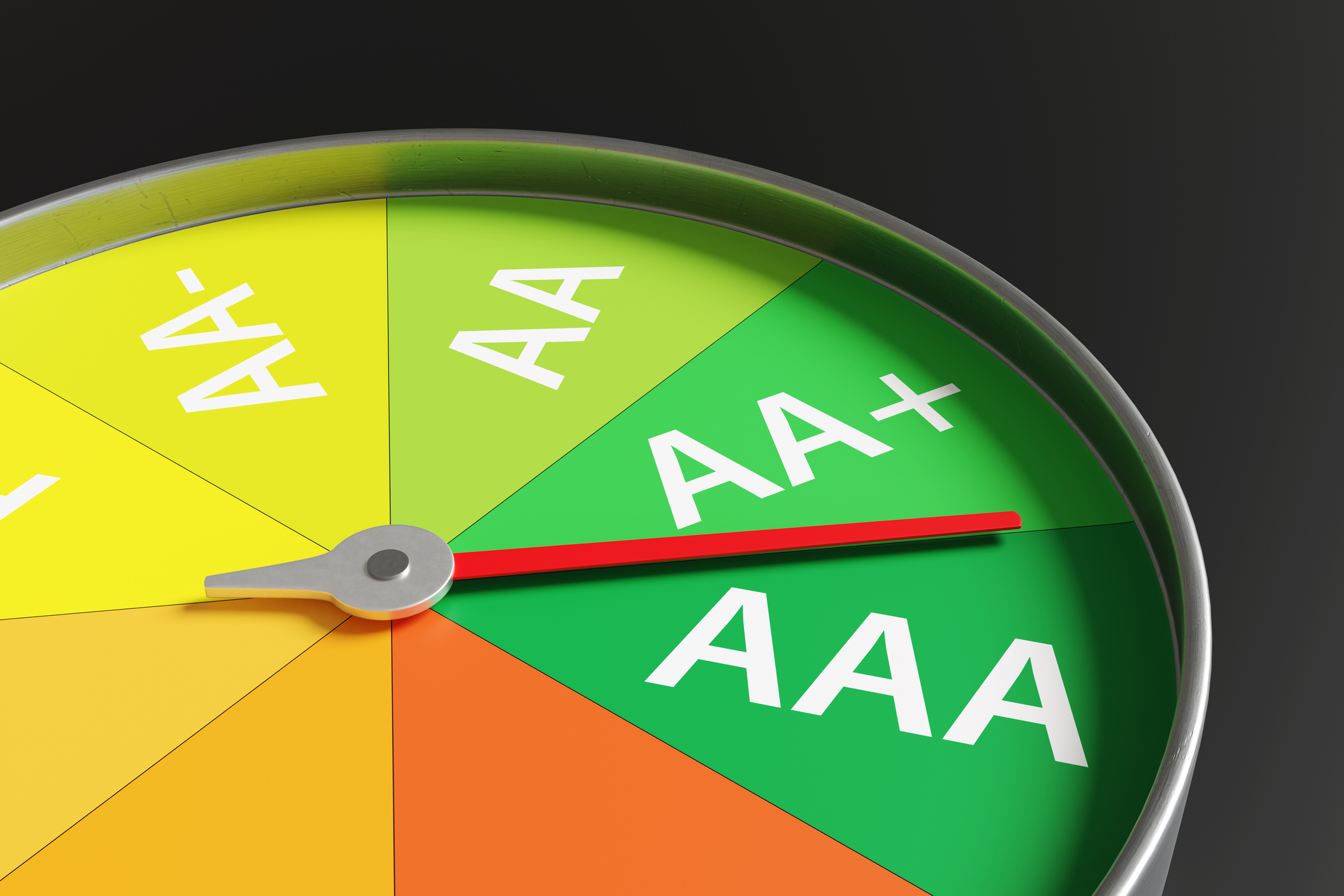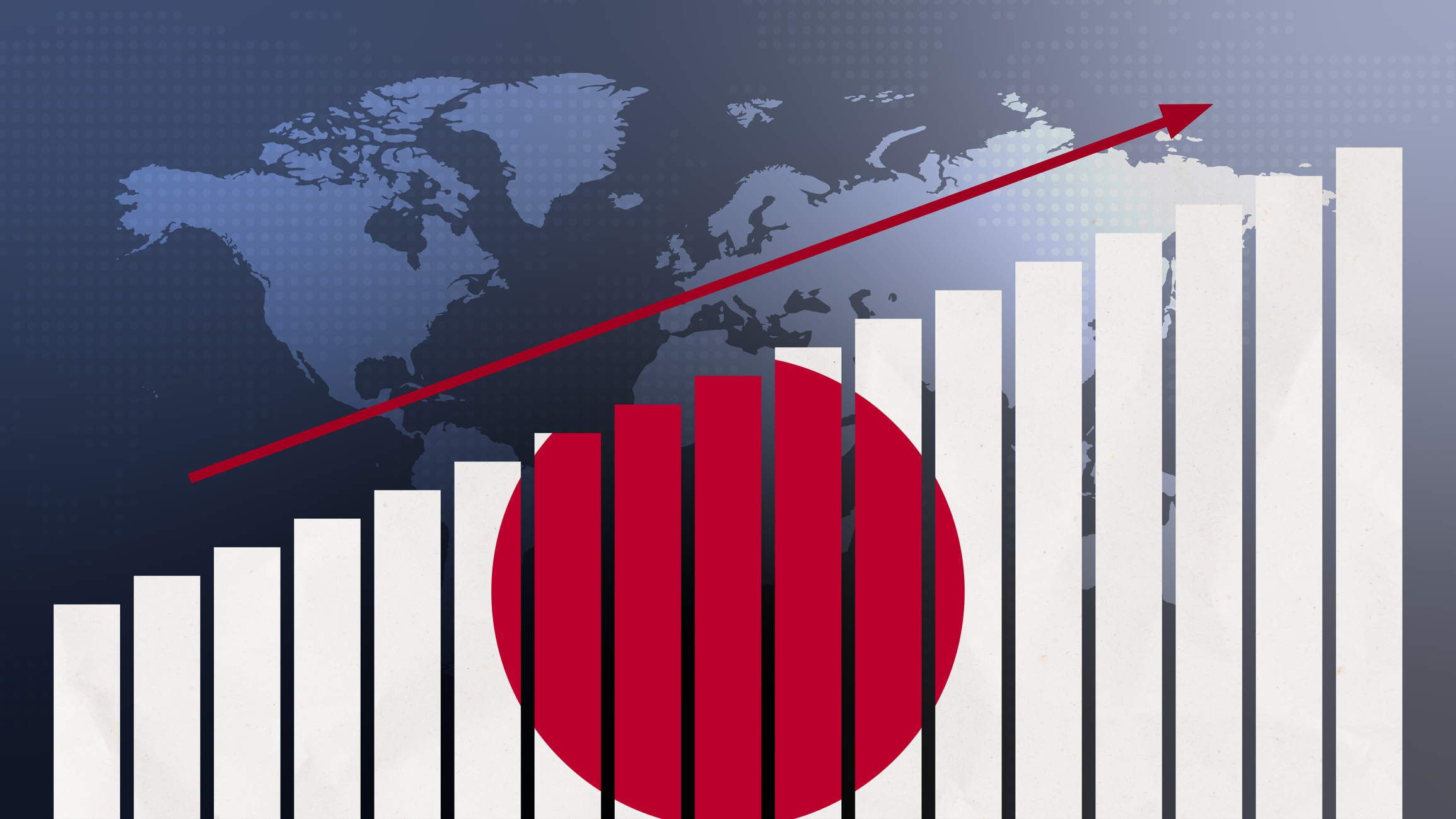Bond Ratings and What They Mean
Bond ratings measure the creditworthiness of your bond issuer. Understanding bond ratings can help you limit your risk and maximize your yield.


Bond ratings are an important market factor for every investor to understand. Knowing what bond ratings mean can help you diversify your portfolio in an efficient way and to manage your overall risk.
Bond ratings, in short, can help you decide whether or not to make an investment.
Bond ratings indicate the likelihood of repayment in accordance with the terms of the issuance.

Sign up for Kiplinger’s Free E-Newsletters
Profit and prosper with the best of expert advice on investing, taxes, retirement, personal finance and more - straight to your e-mail.
Profit and prosper with the best of expert advice - straight to your e-mail.
But competing rating systems can make it more complicated to understand what bond ratings mean.
Let's dig into the agencies and their respective bond ratings to better understand how to use them to evaluate the risks of your potential fixed-income investments.
The relationship between risk and yield
When you buy bonds, it's tempting to look for the highest available yields. But yield figures can be misleading.
You also need to take into account the quality of the bond itself. If there's any doubt about the ability of the bond issuer to pay on time, high yield could be poor compensation for the risk.
In general, small investors should stick with high-quality bonds.
At the top of the safety scale are U.S. government bonds. The government, after all, is the only borrower in the market that can print money to pay its debts, if necessary.
Treasury bonds, notes and bills are backed by the full faith and credit of the government. They top the list of the safest financial assets you can buy.
Securities issued by U.S. agencies, corporations and local governmental units have a higher risk profile.
Here you will find bonds ranging in quality from those that are nearly as solid as U.S. government issues to those close to or already in default.
How do you find high-quality bonds? Reliable and respected ratings agencies gather all the data and issue bond ratings.
Bond ratings are used by financial professionals all over the world and greatly impact bond prices and bond yields.
What are the main bond ratings agencies?
Most widely-traded bonds are rated by at least one of the major agencies in the field — Moody's Investors Service and Standard & Poor's Corp.
Fitch also rates bond issues for default risk.
S&P Investment Grade Ratings: AAA, AA, A, BBB, BB, B
Moody's Investment Grade Ratings: Aaa, Aa, A, Baa
S&P Speculative Grade Ratings: BB, B, CCC, CC, D
Moody's Speculative Grade Ratings: Ba, B, Caa, Ca, C
Standard and Poor's AA, A, BBB, BB, and B ratings are sometimes supplemented with a plus (+) or a minus (-) sign to raise or lower a bond's position within the group.
Moody's applies numerical modifiers in each generic rating classification from Aa through Caa.
The modifier 1 indicates that the obligation ranks in the higher end of its rating; a 2 indicates a midrange rank; and a 3 indicates a ranking in the lower end of the generic rating category.
The investment grades include bonds ordinarily bought by individuals and institutional investors seeking a steady stream of income and safety.
BBB/Baa are the lowest ratings that qualify for commercial bank investments.
It's a borderline group for which, in Standard & Poor's words, adverse economic conditions or changing circumstances are more likely to lead to a weakened capacity to pay interest and repay principal than for bonds in higher-rated categories.
Dipping below BBB/Baa takes you into speculative territory. Because of their higher risk of default, such bonds must pay higher yields.
"High yield" is the marketing name for what most people call junk bonds.
Moody's and Standard & Poor's don't always agree on a bond's rank. It's not unusual for them to rate an issue one grade apart.
If you see this happening, take it as a sign of uncertainty about the company that issued the bond.
How bond ratings affect price
Normally, you pay a higher price, and receive a lower yield, with each notch you move up the quality scale.
A triple-A bond usually costs more than a double-A with comparable characteristics, a double-A costs more than an A, and so on.
Few investment-grade issues have ever defaulted. But the few instances of default are enough to reinforce the attractiveness of the highest ratings.
The rating agencies try to track the financial condition of issuers and update their ratings if necessary.
In fact, many issues are either upgraded or downgraded each year, so check current ratings when buying bonds that have been on the market for some time.
The bottom line on bond ratings
Bonds are often considered a safe way to park money, collect interest and cash in at maturity. That is true of investment-grade bonds, but not all bonds get that coveted rating.
Ratings agencies do a thorough analysis and grade bonds according to their risk, including likelihood of default.
Use their bond ratings as a guidepost and don't take on more risk that you can bear for the promise of a large return that may never materialize.
Related Content
- 10 Things You Should Know About Bonds
- Why Do People Invest in Treasury Bills?
- Treasury Bills vs Treasury Bonds: Know the Difference
Get Kiplinger Today newsletter — free
Profit and prosper with the best of Kiplinger's advice on investing, taxes, retirement, personal finance and much more. Delivered daily. Enter your email in the box and click Sign Me Up.

Donna joined Kiplinger as a personal finance writer in 2023. She spent more than a decade as the contributing editor of J.K.Lasser's Your Income Tax Guide and edited state specific legal treatises at ALM Media. She has shared her expertise as a guest on Bloomberg, CNN, Fox, NPR, CNBC and many other media outlets around the nation. She is a graduate of Brooklyn Law School and the University at Buffalo.
-
 80-Year Old Dick Durbin, the Senate’s No. 2 Democrat, To Retire After 44 Years in Congress
80-Year Old Dick Durbin, the Senate’s No. 2 Democrat, To Retire After 44 Years in Congress‘In my heart, I know it’s time to pass the torch,’ Senator Durbin said in a statement.
By Kathryn Pomroy
-
 Stock Market Today: Stocks Rise on Good Volatility
Stock Market Today: Stocks Rise on Good VolatilityInvestors, traders and speculators continue to process the "known unknown" of global tariff-and-trade war negotiations.
By David Dittman
-
 The Economic Impact of the US-China Trade War
The Economic Impact of the US-China Trade WarThe Letter The US-China trade war will impact US consumers and business. The decoupling process could be messy.
By David Payne
-
 What DOGE is Doing Now
What DOGE is Doing NowThe Kiplinger Letter As Musk's DOGE pursues its ambitious agenda, uncertainty and legal challenges are mounting — causing frustration for Trump.
By Matthew Housiaux
-
 A Move Away From Free Trade
A Move Away From Free TradeThe Letter President Trump says long-term gain will be worth short-term pain, but the pain could be significant this year.
By David Payne
-
 Trump’s Whirlwind Month of Crypto Moves
Trump’s Whirlwind Month of Crypto MovesThe Kiplinger Letter The Trump administration wants to strengthen U.S. leadership in the cryptocurrency industry by providing regulatory clarity.
By Rodrigo Sermeño
-
 What Could Derail the Economy This Year?
What Could Derail the Economy This Year?The Letter While the outlook for the U.S. economy is mostly favorable, there are plenty of risks that bear watching.
By David Payne
-
 Three Ways President Trump Could Impact the Economy
Three Ways President Trump Could Impact the EconomyThe Letter Some of Trump's top priorities could boost economic growth, but others risk fueling inflation.
By David Payne
-
 Europe Faces Economic and Political Headwinds Next Year
Europe Faces Economic and Political Headwinds Next YearThe Letter Challenges for Europe: Potential tariffs, high energy prices and more competition from China will weigh on the bloc in 2025.
By Rodrigo Sermeño
-
 Don't Sleep on Japan's Economic Transformation
Don't Sleep on Japan's Economic TransformationThe Letter After almost three lost decades, Japan — one of the world's biggest economies — is finally showing signs of life.
By Rodrigo Sermeño